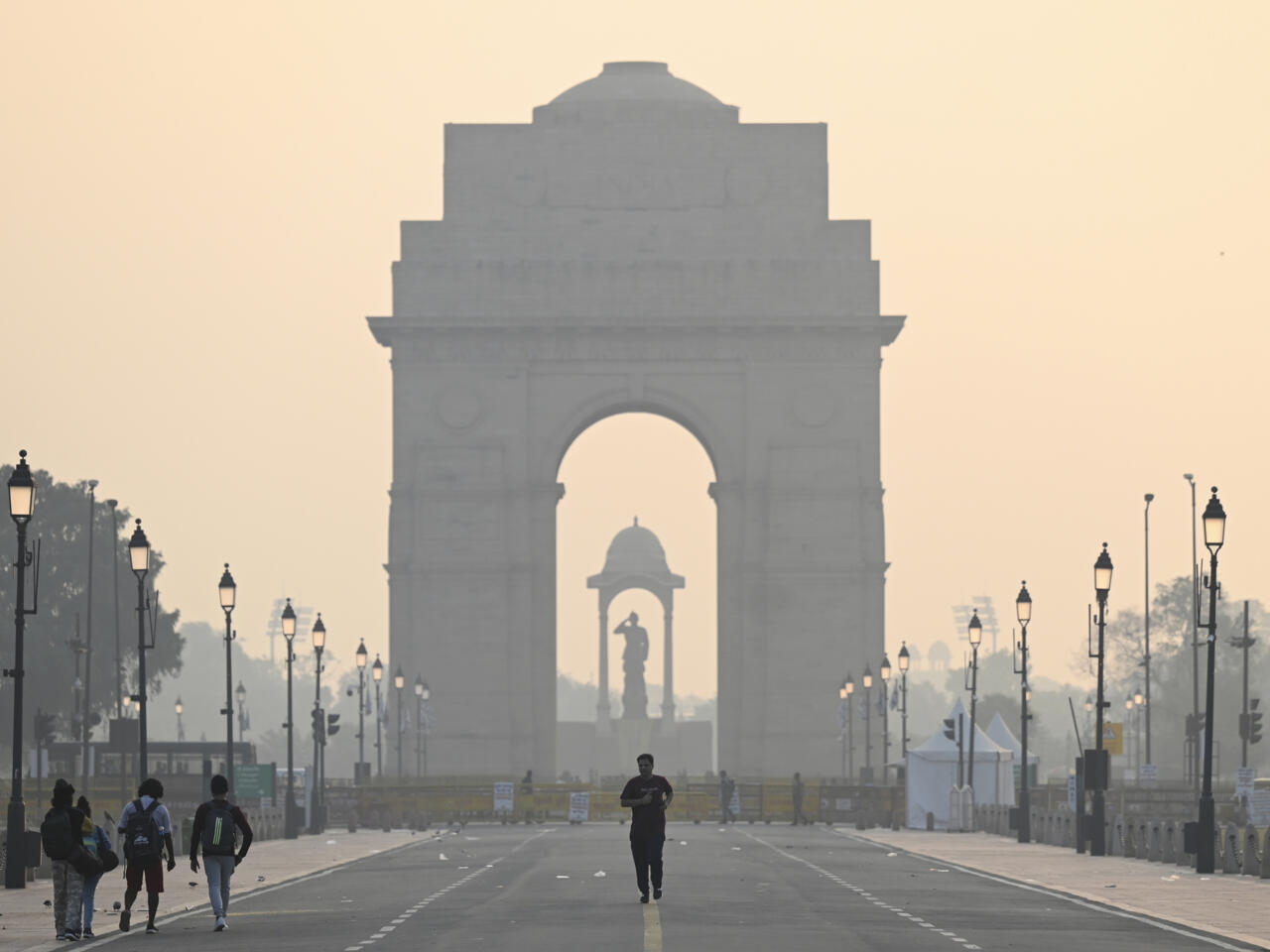For the year, Delhi’s post-Diwali air the cleanest it had been since 2015. This is true even though the air quality index (AQI) remained in the “extremely bad” category on both Diwali. The day following, and pollution levels spiked when firecrackers lit in defiance of the Delhi government’s prohibition. According to statistics from the Central Pollution Control Board, the AQI (air quality index) on Diwali day 312 while it was 303 on Tuesday (CPCB). An AQI of 301 to 400 is regarded as “extremely poor.” This year’s Diwali day AQI was the lowest the city has experienced since 2019.
The worst post-Diwali air quality was reported last year. When the day after Diwali recorded an AQI of 462, in the “severe” category. According to CPCB data accessible from 2015 on. Last year, the AQI on the day of Diwali was 382. Since 2015, the day following Diwali has had “severe” air quality four times.
The air quality was better due to meteorological circumstances
Due to an early Diwali this year, the wind speed helped limit the accumulation of pollution. The temperature is still comparatively warm, according to Gufran Beig, founding project director of SAFAR.
- Advertisement -
On Tuesday, wind speed increased at 2:00 a.m. When the temperature is colder. Boundary layer lowers, and the winds slow down in the early morning, pollutants would often have collected. However, the wind kicked up, which aided in dispersion. The AQI reached its peak about midnight, then improved and levelled down at 323 in the morning.
A number of issues mentioned by Anumita Roychowdhury
Executive director of research and advocacy at the Centre for Science and Environment. Diwali occurred earlier than usual, in milder weather, and well before the extreme inversion conditions began. Better wind speeds and less violent crop fires have also seen in comparison. It’s hard to determine whether firecracker emissions have decreased, she added.
Throughout September 15 to October 25, Punjab had 5,798 agricultural waste burning episodes. In accordance with statistics from the Indian Agricultural Research Institute. This is less than the 6,134 total that tallied up to October 25 of last year.


